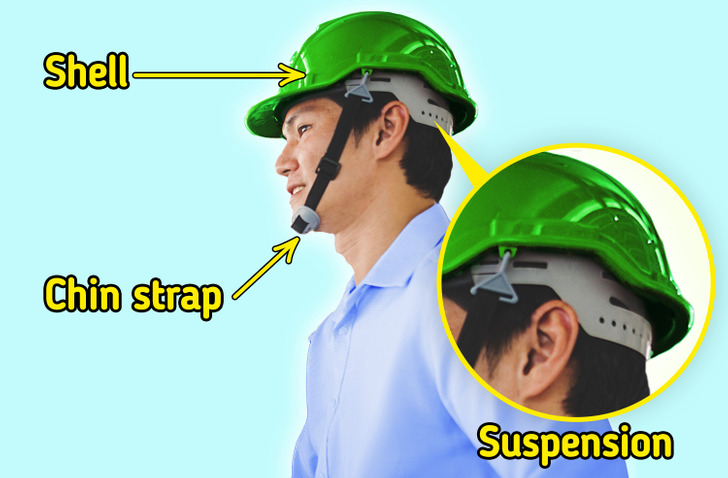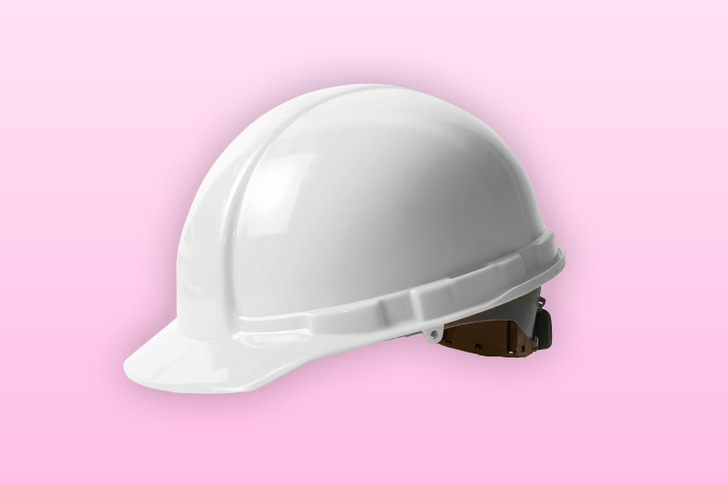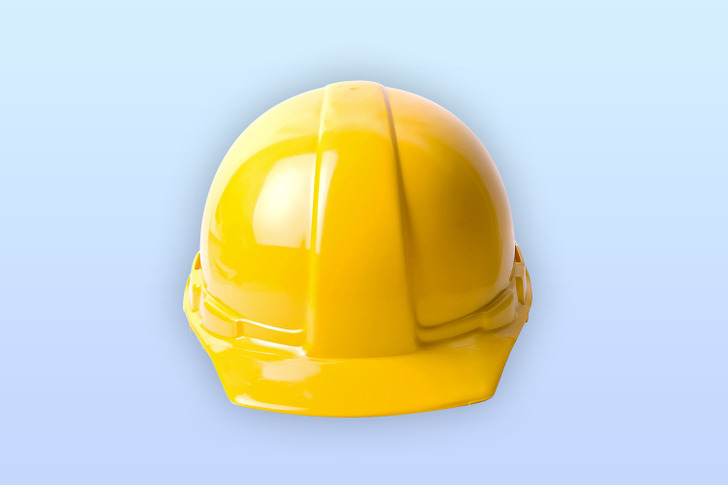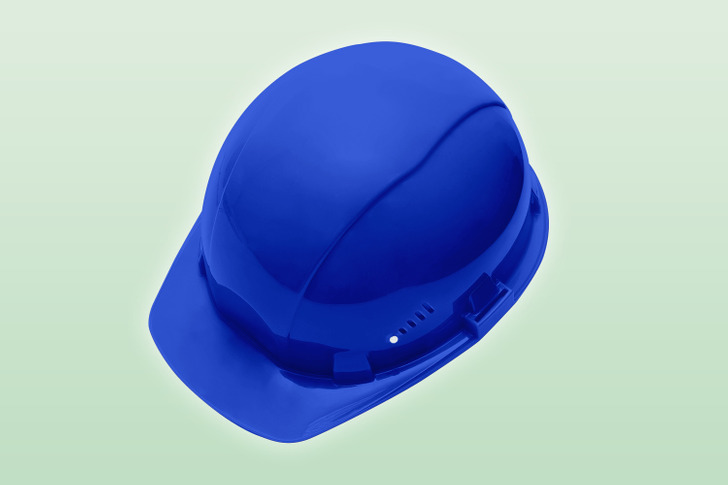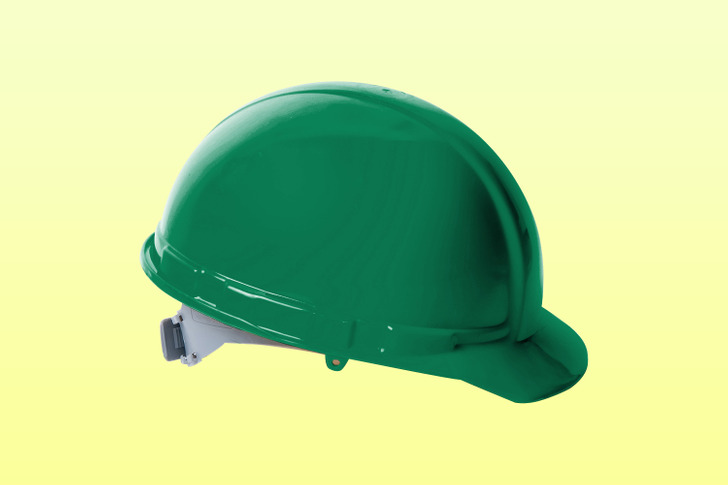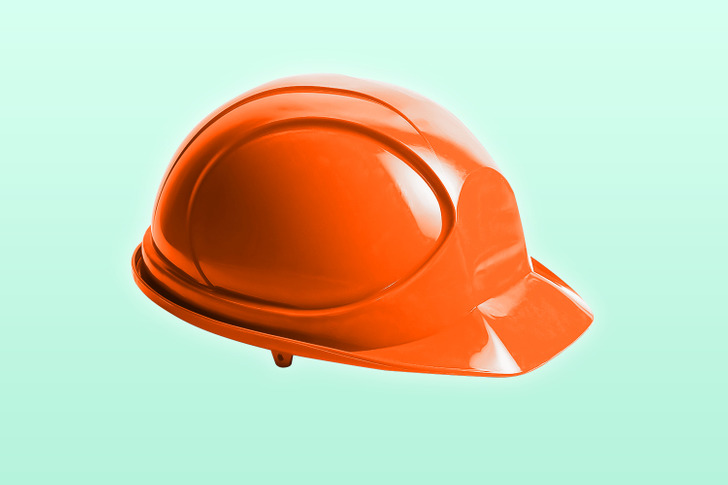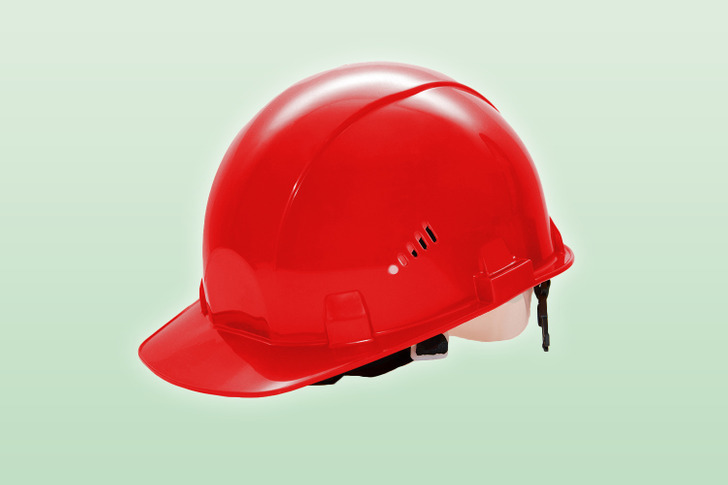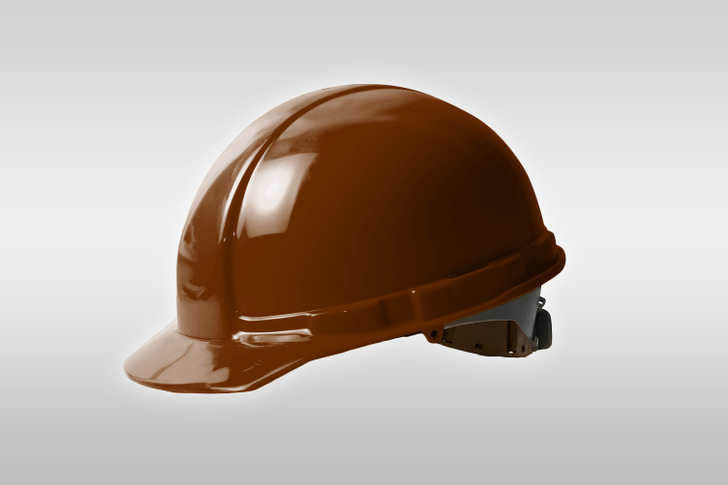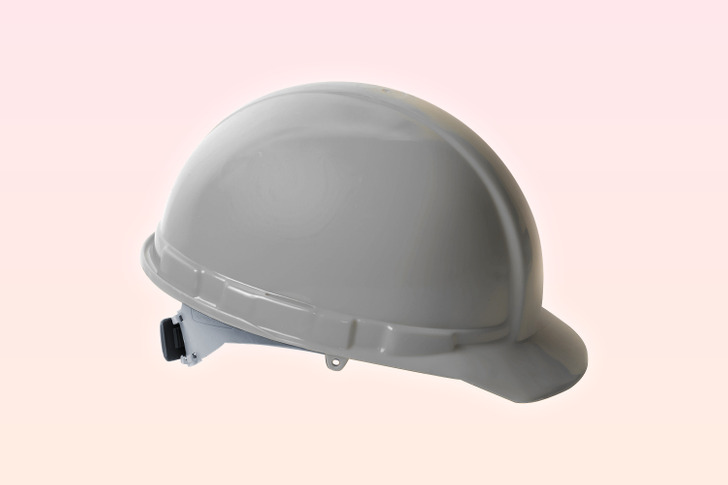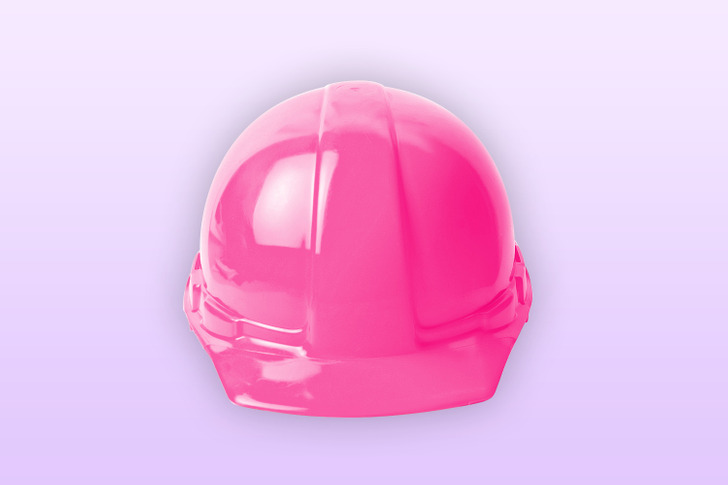A Guide to Different Colors of Hard Hats
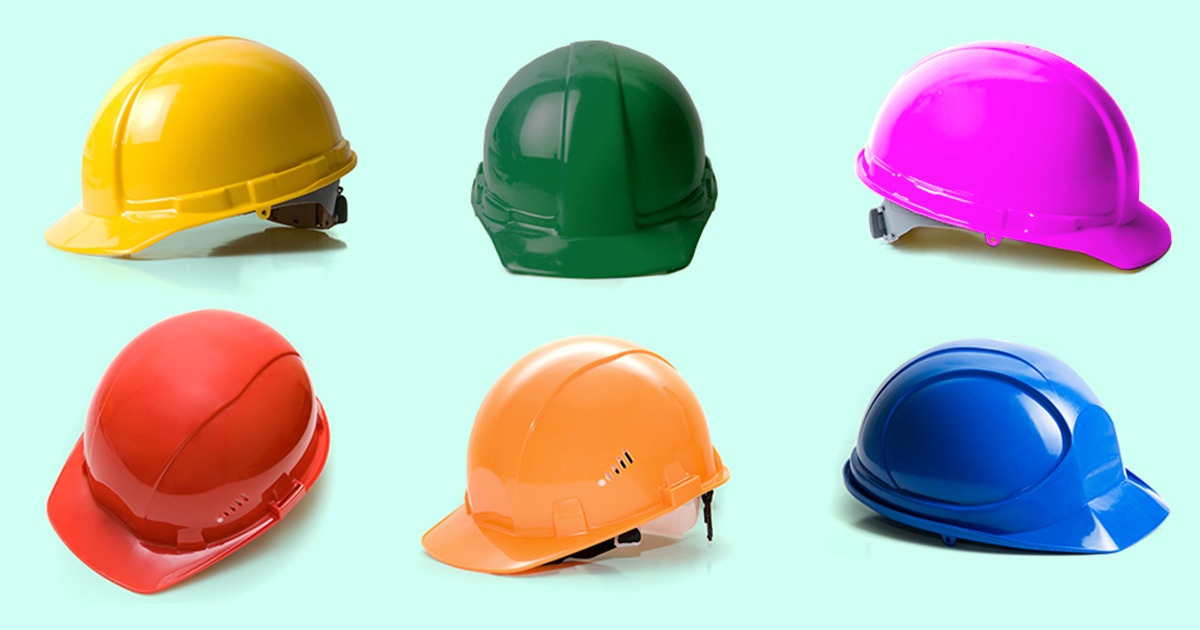
Hard hats are significant safety materials in work fields. Wearing them is not only a common practice for safety but a legal requirement for many construction projects around the globe. They have a wide range of uses with a specific color hierarchy for administrative convenience. Also, different helmet colors signify different roles and allow workers to tell who’s who.
5-Minute Crafts rounded up several must-knows of the hard hats to help you get familiar with them.
The anatomy of a hard hat
A hard hat, which is a type of safety helmet, is one of the most common types of safety headgear on construction sites that protect workers’ heads from falling debris, impact, or other objects. It has 3 significant parts:
- The shell is the rigid outer protective cover (exoskeleton) shielding the wearer’s head from impact, splashes, penetration, rain, sun, and ultraviolet light. They’re made of a material called high-density polyethylene, highly durable polycarbonate, or thermoplastic.
- The suspension is the adjustable fastening that keeps the shell in place at either 4 or 6 points. Ensure to have a firm and snug fit. For maximum protection, suspension and helmet sizes must fit well on the head.
- A chin strap is used to keep the hard hat in place when working in environments where the hat might fall off.
What all the hard hat colors mean
1. White hard hats
People in leadership positions, including managers, supervisors, architects, engineers, technical personnel, and forepersons, wear a white hard hat. The plain white is easy to pick out among all the different colors around.
2. Yellow hard hats
3. Blue hard hats
Technical operators, electricians, forepersons, maintenance group personnel, and carpenters often wear blue hard hats. They’re skilled traders responsible for building and installing things. Also, temp workers, apprentices, medical personnel, or staff at a construction site wear blue hard hats. So, if you have a medical emergency, look for the blue hats first.
4. Green hard hats
Green often denotes security guards, safety inspectors, or investigators. If an injury or an accident occurs, you need to look for those wearing green hard hats. However, new workers (trainees, new hires) in the field or a staff member on probation can also wear green hard hats.
5. Orange hard hats
While driving on the highway, you may notice some workers doing roadwork in orange safety hats. Orange is the color of road construction workers, lift workers, forepersons, traffic cops or marshalls, and technicians, including those trained in slinging heavy objects. Sometimes visitors and new hires get this color too for others to spot them quickly.
6. Red hard hats
7. Brown hard hats
If you see someone wearing a brown hard hat, it could be a welder or someone whose job involves high heat or high-temperature applications. Most people expect welders to wear red hats, but this is not the case because red is for firefighters and other emergency workers.
8. Gray hard hats
Gray is usually the color used for visitors to indicate that they aren’t a part of the team. Therefore, you should only wear a gray hat when you visit a site. Although, in cases where an employee forgets or misplaces their hat, they usually wear a pink hard hat on-site; however, sometimes they may put on a gray hat for that day too.
9. Pink hard hats
What the benefits of the color-coding system are
- The identification of a person’s function: Identifying or monitoring what a worker is doing in the field or on the job site at a glance by helmet color saves time.
- Easy communication: A worker can quickly notify another if they’re in a dangerous place at the construction site, when lifting any heavy machinery, or if they need to call all workers in that area, for example.
- Continuity in different projects: Using the same color-coded helmets on all job sites can help workers feel right at home from one project to the next. They can quickly identify which workers belong where.
